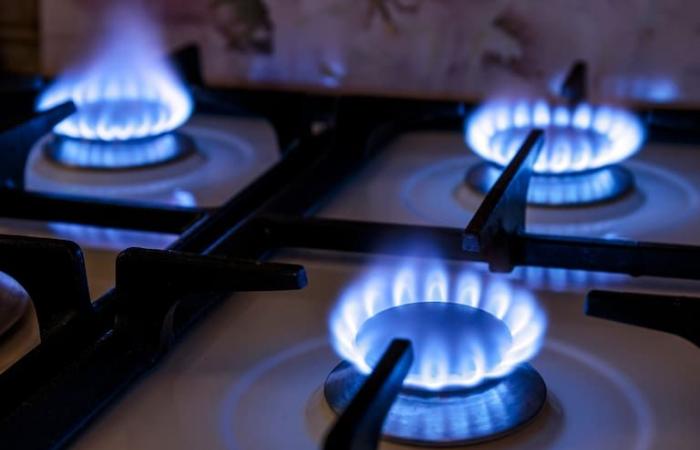
Hear
A few days before the start of July, the Government has not yet defined the new monthly adjustment formula for gas and electricity rates. At the Treasury Palace they are still designing what the update variable will be likewhich will depend on the estimate of future inflation to deindex energy services from past performance.
As a price variation of around 5% is expected next month, gas and electricity bills would have an increase of around 4%. However, in July the invoices will begin to arrive with the impact of the increases applied last month, when the Ministry of Energy defined a reduction in subsidies and led to increases in between 9% and 33% in gas and between 23% and 156% in electricity.
Specifically, starting next month it will come into effect he new adjustment calculation that the Ministry of Economy wants to implement for all gas and electricity users. Although at first the economic team had established a polynomial formula for automatic updating, which took into account salary variation, retail inflation (CPI) and wholesale inflation (IPIM), the calculation never saw the light of day, since it was suspended its implementation in May and June.
Therefore, starting next month the bills will increase for all users equally, but there will not be a reduction in subsidies, but instead the profitability of gas and electricity transport and distribution companies will be restored. Among them are Edenor, Edesur, Metrogas, Naturgy, Camuzzi, TGN and TGS.
The final value of the energy bills is made up of the cost of three services, plus the surcharge for national, provincial and municipal taxes and fees. It is equivalent to the cost of generate electricity or produce gas (which has subsidies from the Treasury), the transport energy to consumption centers and distribute it in homesbusinesses and industries. The last two services are not segmented according to income level and therefore the cost is the same for all households.
Last month, the Ministry of Economy applied an increase in one of the three components to reduce the weight of subsidies. In fact, In electricity, residential, commercial and industrial users together now cover 65% of the total cost of the electrical system, when last month it was 45%, according to official estimates. In between there are variations: high-income households pay 78% of the cost, while low-income households pay 22%.
To make room for the reduction of subsidies and so that the final increase does not abruptly impact the final values of the invoices and, therefore, inflation, The Ministry of Economy froze the rise of the other two components (transport and distribution) during May and June.
So far this year, electricity rates They rose 234% and gas prices 1,179%, on average, between increases in prices and quantities consumed, according to calculations by the Interdisciplinary Institute of Political Economy (IIEP), which depends on the UBA and Conicet.The cost of the total basket of public services in the metropolitan area of Buenos Aires (AMBA) increased 365% compared to December last, based on updates to transportation rates (January and February), electricity (February and June), water and natural gas (April and June). Natural gas and electric energy consumption are adjusted for seasonality of consumption,” he says.
Last month, the average value of final gas bills for an N1 user with an average consumption of 149 m3 per month increased by $25,756 to $28,142 (9%); for an N2, with an average consumption of 159 m3, it went from $15,638 to $20,797 (33%)and for an N3, with an average consumption of 171 m3, it rose $24,465 to $26,865 (10%).
Regarding electricity, if average residential consumption of 260 kwh per month is considered, the average value of the final bills for an N1 it rose from $24,710 to $30,355 (23%); for N2, from $6,295 to $12,545 (100%), and for N3, from $6,585 to $16,850 (156%).





